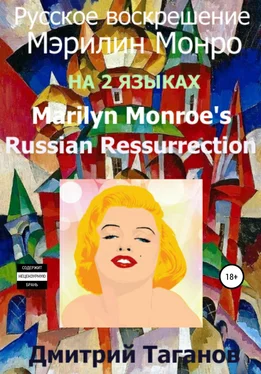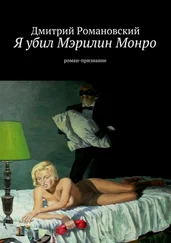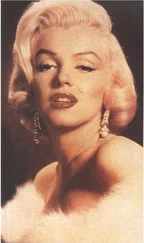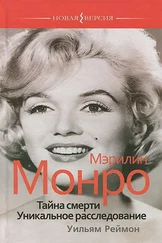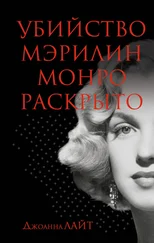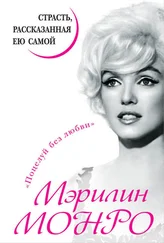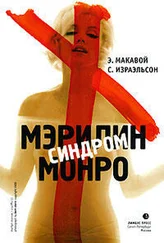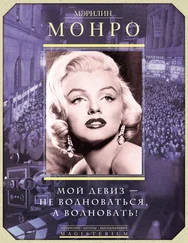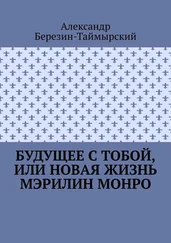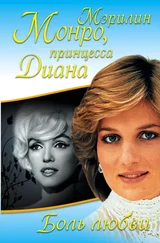In short, I told these two that somebody named Fomin asked me to come here immediately, and then one of them dashed back into the rooms, and in a half a minute returned with middle-aged slender man. The man had a short haircut, dressed in a dark expensive suit and white shirt with a tie. Silently and grimly as it’s suitable only at funeral, he shook my hand and with a jest invited to follow him.
Офис был самый обыкновенный, но просторный, на столах ворохи бумаг и не очень новая оргтехника. Но здесь не было сейчас ни души, стояла полная тишина, какая бывает в квартирах, где лежит покойник. Но за следующей дверью обстановка вдруг резко изменилась. Как будто я попал сразу на тридцать лет назад. Передо мной стоял на постаменте гипсовый бюст Ленина метровой высоты. Ленина Владимира Ильича, основателя этой партии, священной для коммунистов личности. На стене за бюстом были растянуты два знамени. На их тяжелой темно-красной материи тоже блестели золотые профили великого Ленина.
We walked through the room that served as an office; it was quite large, with heaps of papers and rather old office equipment on the tables. It was empty and quiet as it happens in the places with a dead body lying somewhere. But next room was all different. It seemed as if in a moment I traveled thirty years back to glorious days of Communist Russian Empire. There stood huge, three yards high plaster bust of founder of that Empire Vladimir Lenin, sacred person for Communists of the whole world. On the wall behind it were gloriously spread two large flags, with golden profiles of this Communist saint glittering on its heavy dark-blood colored velvet.
Тридцать лет назад такие гипсовые бюсты великого вождя стояли во всех учреждениях. Все учреждения были советскими, и во всех они стояли. В известные памятные дни бюст вождя убирался цветами, перед ним произносились горячие речи, давались клятвы. Это были официальные учрежденческие святилища. В школах перед бюстом Ленина принимали в пионеры и в комсомольцы. В исследовательских институтах белые бюсты в конференц-залах освещали доклады ученых. На заводах перед бюстом торжественно награждали грамотами и вымпелами победителей социалистического соревнования и добившихся выдающихся результатов «ударников коммунистического труда». В армии и флоте в «ленинской комнате» политруки вручали перед бюстом боевые награды.
Thirty years ago that kind of plaster busts of this great leader stood in the ceremonial halls of all country’s organizations. All these establishments – factories, laboratories, shops, and everything, – belonged to the government, and therefore the busts were everywhere. On frequent memorable days these halls and busts were decorated with flowers and with more flags; the passionate speeches were heard here, solemn oaths were given in front of these white busts. Those were official institutional sanctuaries. In the schools in front of the these busts of great Lenin young children were accepted to Lenin’s pioneers, and senior pupils were admitted to Lenin’s komsomol, the union of young builders of Communism. In research institutes and nuclear laboratories white busts silently sanctioned new progress in spread of Communist influence over the world. In front of these busts at the thousands of factories workers and engineers, that reached outstanding productivity, were triumphantly awarded with honorary titles and decorations as the winners of socialist competition. In the Lenin’s rooms of army and navy in front of these busts politruki, the Commissars, awarded the heroes with combat decorations.
Поэтому, проходя мимо этого бюста, я непроизвольно замедлил шаг, мой провожатый тоже, и мы остановились. Я не видал гипсового Ильича уже несколько десятилетий, поэтому смотрел на него действительно пораженный. Когда я отвел глаза от вождя и был готов следовать за ним дальше, он вполголоса, наконец, представился:
– Вы разговаривали по телефону со мной. Я – Фомин…
В ответ я только покивал головой. Он глубоко вздохнул и сказал «Пройдемте».
That’s why passing this bust I involuntarily slowed down; my guide did just the same, and we stopped. In fact, I haven’t seen any Lenin’s plaster bust several decades, that’s why I looked at it with kind of amazement.
After a polite pause the man said, “You talked over the phone to me. I am Fomin”.
I turned to him and nodded. He took a deep breath and said, "Come."
За следующей дверью я увидал сдвинутые столы и на них мертвое тело. Я обошел его медленно кругом и только потом посмотрел на его лицо.
Наверное, у меня было тогда оторопелое выражение лица, потому что сразу заметил, как Фомин метнул на меня быстрый проницательный взгляд. Я нагнулся над телом и рассмотрел его вытянутую шею и синюю полосу от петли.
Behind the next door I saw two closely shifted tables and a dead body lying on them. I walked slowly around man’s body and only then looked at his face. Perhaps, I had a dumbfounded look, because I noticed Fomin darted a fast sharp glance at me.
– Вы узнали его?
Я не ответил. Это человек был мертв, мертвее не бывает. Иначе, я бы принял все это за странную и нехорошую инсценировку, – из-за невероятно похожего лица, и всего, вплоть до провода, на котором он повесился, протянутого и теперь над его неподвижным телом. Как будто это было ожившая фотография почти вековой давности.
Передо мной лежало тело русского поэта Сергея Есенина, повесившегося более девяноста лет тому назад в петербургской гостинице.
“Did you recognize him?” he asked.
I didn't answer. This man was dead, and one couldn’t be mistaken about it. Otherwise, I would take it for a strange and shameless performance. Not only his face incredibly resembled a person well-known in this country, but even this cable on which he was apparently hung, now was loosely stretched over his motionless body. I felt as if I was looking at almost century-old revived photo. In front of me lay the body of the famous Russian poet Sergey Esenin, who hung himself almost hundred years ago in the Sankt-Petersburg’s hotel.
Читать дальше
